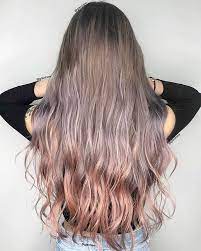
Receding hairlines is an ongoing cause for both men and women. But there are now multiple treatments and procedures available.
Causes
Medical conditions and medications that cause hair loss, including receding hairlines, such as thyroid disease, lupus, depression, and anxiety disorders, and chemotherapy treatments, as well as hormonal fluctuations and stress, can impact a person’s hairline.
Symptoms
If the hair on top of your scalp has started thinning or falling out more than usual, this could be a telltale sign that your receding hairline is getting thinner. Initial symptoms may be minimal,, but they may become more noticeable as time progresses.
Treatment
Receding hairlines are treatable. Men suffering from male pattern baldness may benefit from using minoxidil (commonly referred to as Rogaine) over-the-counter medicine to stimulate new hair growth. Individuals suffering from androgenic alopecia could find assistance through finasteride, which decreases the dihydrotestosterone hormone and encourages hair growth. Women suffering from receding hairlines could result from hereditary thinning of the scalp, traction alopecia, frontal fibrosing alopecia, or other conditions like lichen planopilaris or scarring alopecia.
Prevention
Recessing hairline cannot be prevented entirely, but there are ways to slow and conceal the process. Altering your haircut may help cover a widow’s peak or thin hairline by adding volume. Consuming a balanced diet can also help your hairline and promote its growth, in addition to changing its style. One way to avoid receding hairline is using natural herbs such as rosemary, lavender, and nettle that contain antioxidants to promote healthy hair growth.
Remember to visit a dermatologist for professional advice and treatment options.

